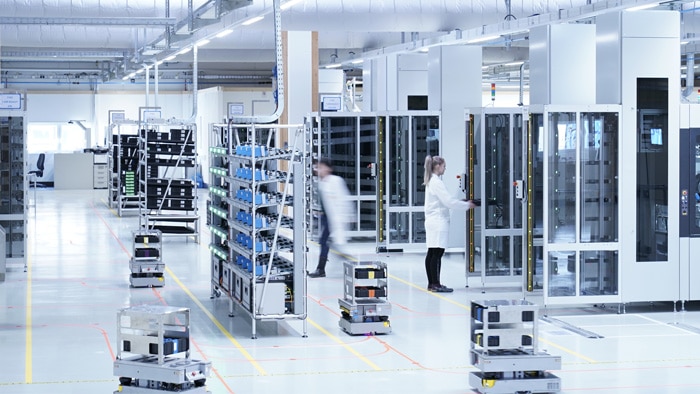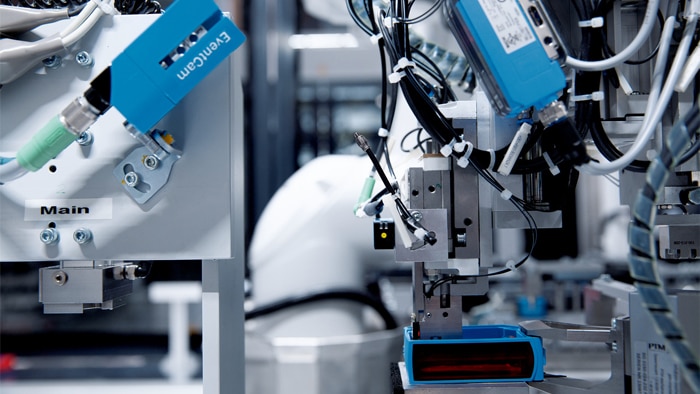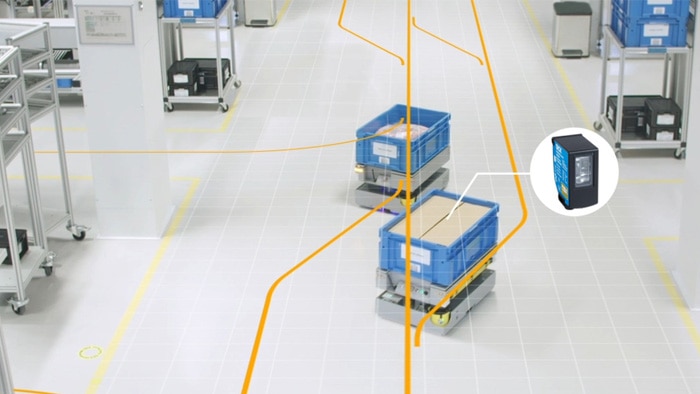Which methods do the concept sensor teams use for this development work and how are the teams structured?
Syassen: We use iterative processes. In the project plans, as in the conventional product development process, we also have milestones at which we decide whether to stop or keep going, but the loops, the iterations, are shorter. And we use dynamic working methods.
Berblinger: Ideally, dynamic work is a huge advantage because we proceed in stages and also get feedback from the market at different points during the process. This is better than completing a large-scale project in the traditional way, only to discover shortly before the end that the development needs to be changed. Dynamic work requires courage, because without courage, nothing new can be created.
Guettler: Studies show that the degree of innovation in companies also correlates with the willingness to take risks. Every single employee, whether from R&D, product management, sales or even management, must work together here.
Lang: These are often people who have special skills, for instance, who anticipate developments and dare to implement something new. We have created our own production area at SICK called the “Speed Factory.” Production planners work to help us develop concept sensors with industrial reliability so that we can hand them over to customers without hesitation and obtain feedback from the market. In the Speed Factory, rapid prototyping processes are used in addition to mastered series processes.





